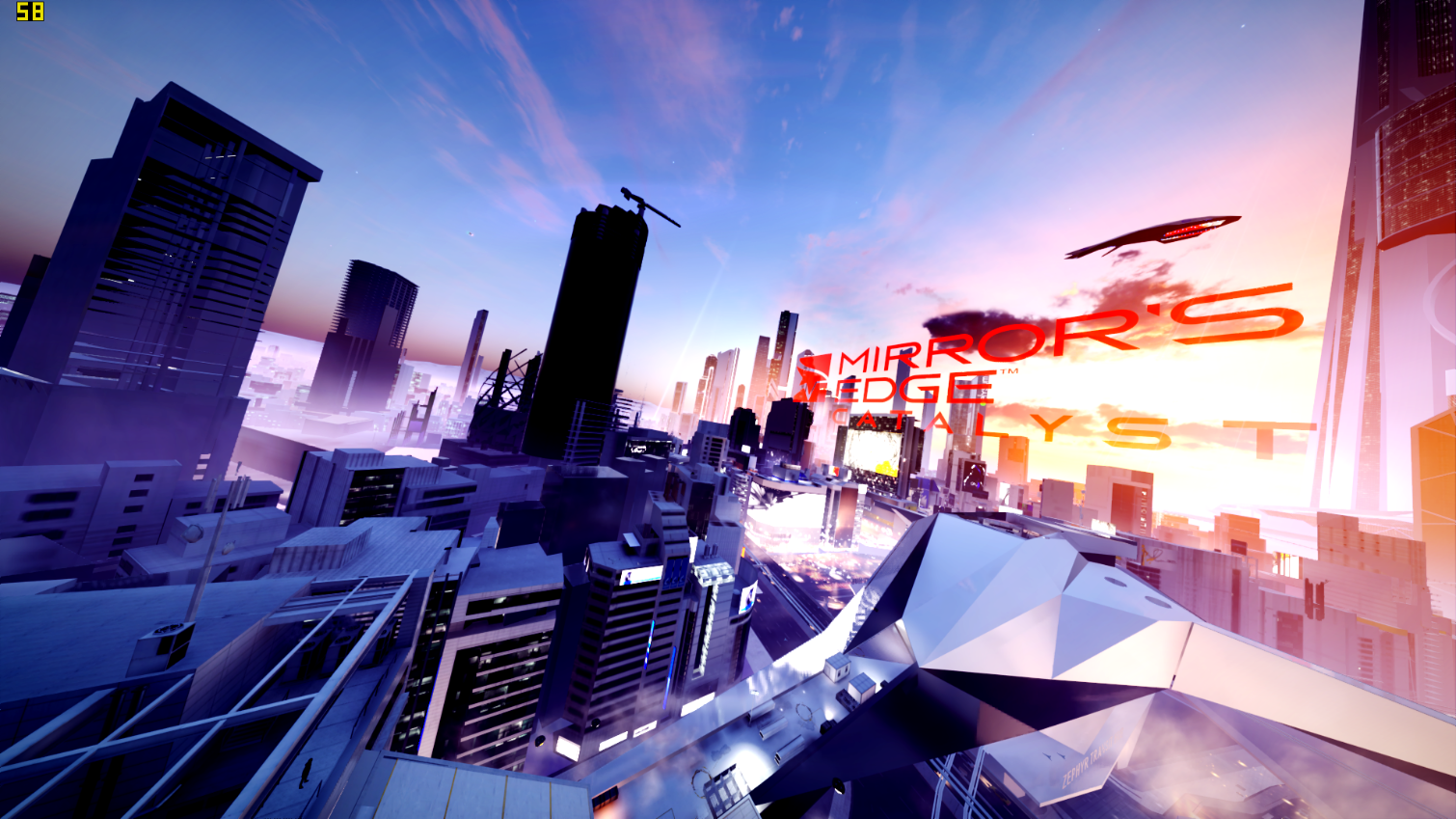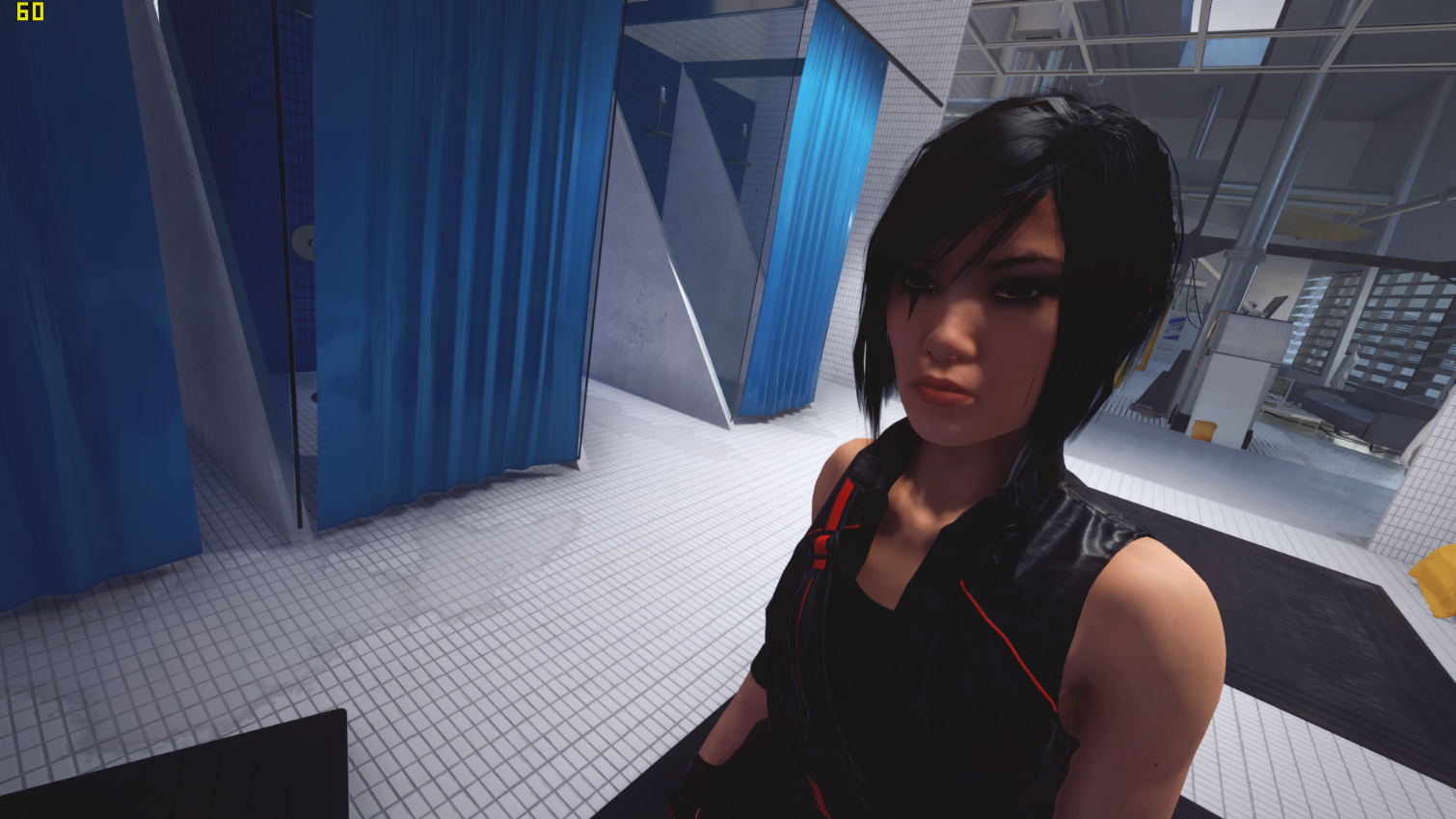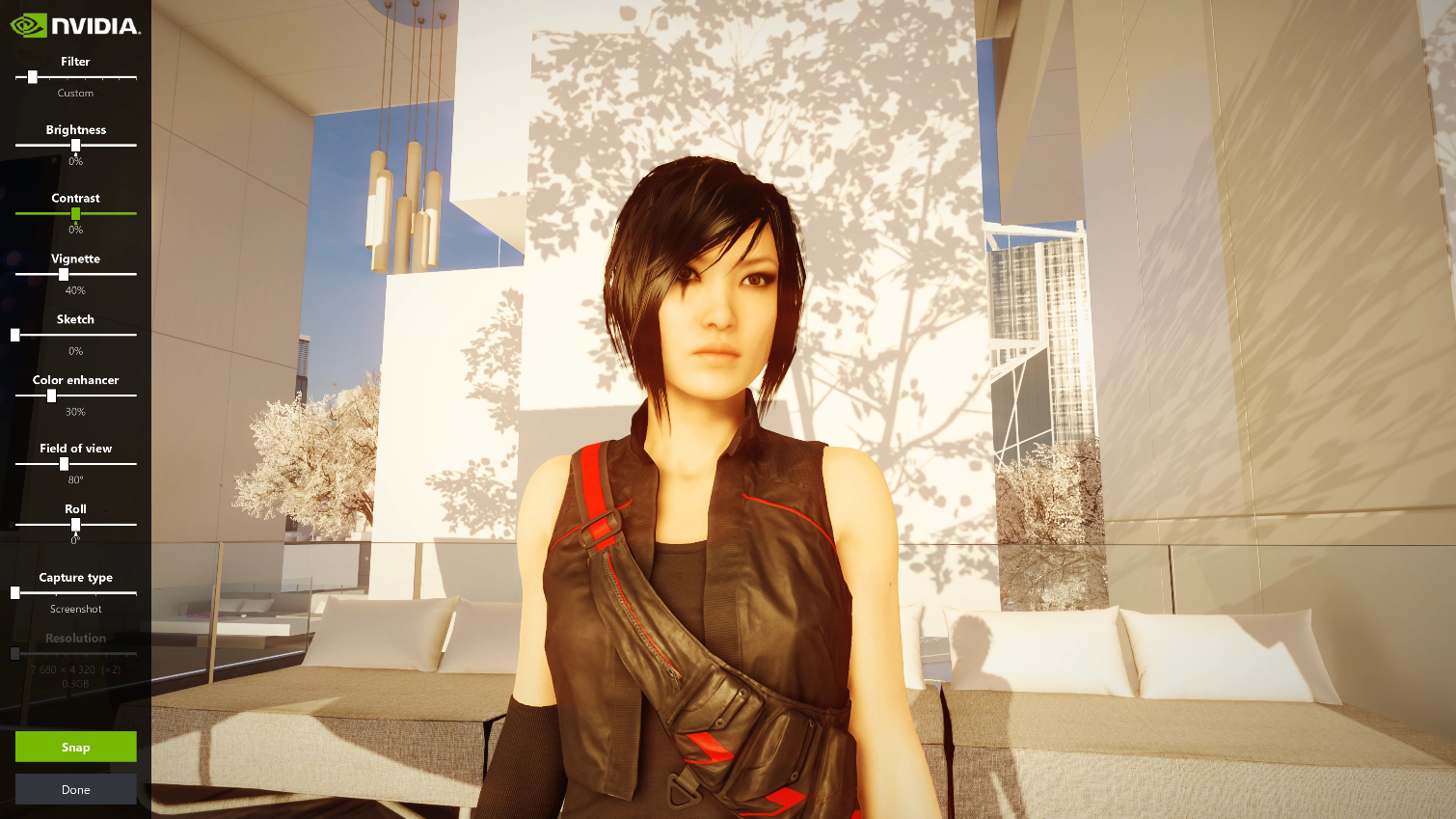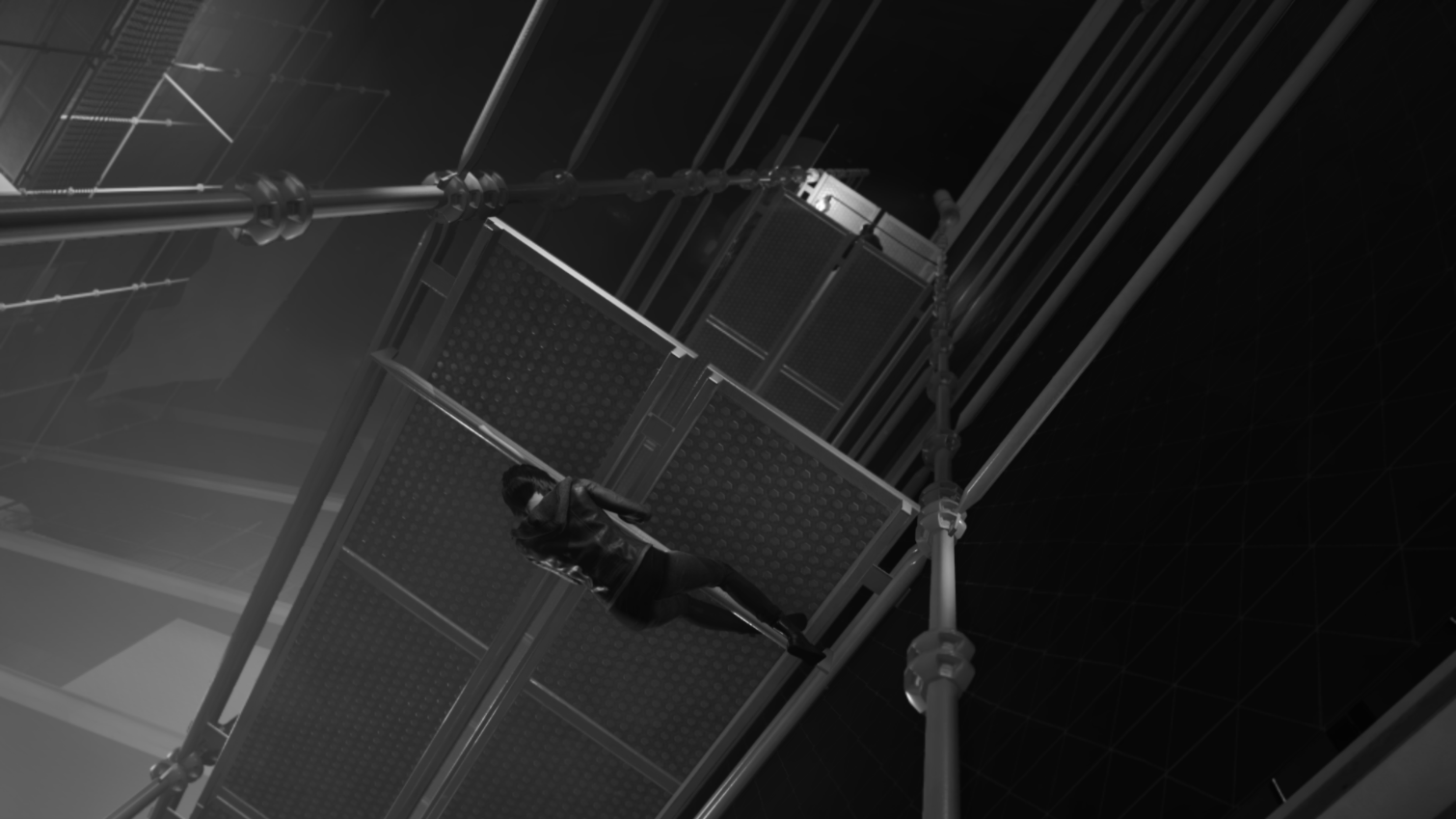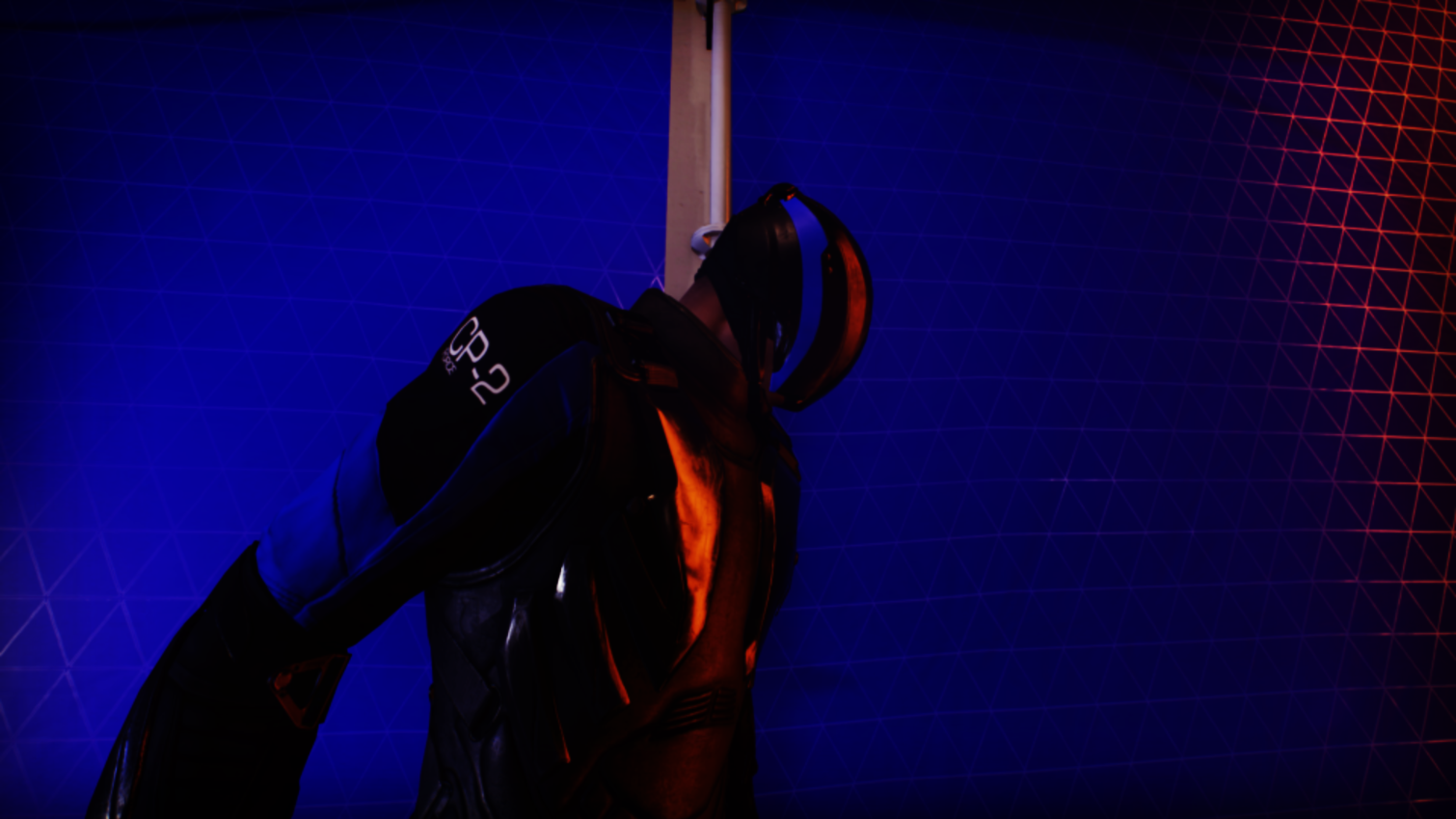'Mirror's Edge Catalyst' First Game With Nvidia Ansel Support, But Some Features Absent
Mirror's Edge Catalyst’s latest update made it the first released game to add Nvidia Ansel support. Now you can take the screenshots you’ve always dreamed of taking. Maybe.
Nvidia announced Ansel in May during the Pascal architecture reveal. Ansel is an in-game 3D camera system that lets players take screenshots that were never possible before. Ansel lets you take control of the camera to capture the perfect shot, and it even offers the ability to take 360-degree and stereoscopic 3D images that can be viewed from your mobile device or inside a VR HMD.
Ansel isn’t a piece of software that you run on top of your game to capture these special images. The game has to be built to support it. Nvidia provides an API so developers can easily integrate the feature into their titles. During the Pascal launch event, Nvidia announced that The Division, The Witness, Lawbreakers, The Witcher III: Wildhunt, Paragon, No Man’s Sky and Unreal Tournament would be among the first games to support Ansel. Mirror’s Edge Catalyst wasn’t announced in May, but it beat all the other games to the punch to become the first game available with Ansel support.
We gave it a try to see if it delivers what Nvidia promised.
To use Ansel, all you need is the latest update for Mirror’s Edge and GeForce Game Ready driver 368.81. Unlike much of the new technology that was announced at the Pascal reveal, Ansel isn’t limited to 10-series cards. If you have a GTX 660 or better, you can take screenshots with Ansel.
Ansel integrates directly into the game, and you can activate it at any time except during scripted cut-scenes. To activate the 3D camera system and all of its filters and adjustments, simply press Alt+F2. Time in the game will freeze, and you’ll have the freedom to adjust the camera as you please.
There are a few key promises that made Ansel an exciting proposition. It is supposed to give you freedom to move your camera wherever you want. Normally, if you take a screenshot of your gameplay, you’re limited to the viewpoint of the actual gameplay. With Ansel, you get the ability to capture the viewpoint from any angle. Nvidia calls this Free Camera mode, but it’s not actually a free camera. You can move the camera around in any direction, but there are boundaries limiting how far you can move the camera. For example, you can’t get a bird's-eye view of the entire map, though you can zoom out a fair distance.
Get Tom's Hardware's best news and in-depth reviews, straight to your inbox.
Nvidia also promised the ability to take images at up to 32x higher resolution than the native display. This feature doesn’t seem to be enabled in the initial Ansel release, though. In our tests, we found that we could take native resolution screenshots, but we couldn’t increase the screenshot resolution. We were running a 1080p display, so there should have been plenty of room for scaling. Not being able to scale the resolution up dramatically limits the type of images you can create with Ansel. Nvidia’s demonstration of Ansel showcased the ability to snap a super high-resolution image and crop it to the shape you want, without sacrificing image quality.
VR Content
Ansel also boasts the ability to take screenshots in 360 degrees that you can share online or view through an optional Android app. Ansel can also create stereoscopic 3D images than can be viewed in VR HMDs. The Nvidia VR Viewer app will let you view the images with a Cardboard viewer.
Nvidia also promised that you could view the images through your desktop PC’s VR HMD and demonstrated this feature onstage during the Pascal reveal event. However, the company didn’t disclose, at that time, that you would need to use a third party application that isn’t free to do so. Nvidia’s official instructions to view Ansel stereoscopic 360-degree images from your PC require the use of Virtual Desktop, which sells on Steam for $14.99.
Virtual Desktop lets you access your PC’s contents while in a 3D environment, and it has the ability to view 360-degree video and images. There may be other ways to view your Ansel images (and if there isn’t yet, there surely will be), but Nvidia’s instructions direct you to use this software. That may rub some people the wrong way.
Being inside an image you just snapped of the game you were just playing is an interesting idea, but I’m not sure how compelling it will be. Unless there’s a way that you can make VR image into a Vive compositor background, I don’t see this as a feature that will be used very often, anyway.
Beyond the different resolutions and different image formats, Ansel gives you the ability to manipulate your images somewhat. You get a selection of filters that alter the snapshot’s look and feel. You can also manually adjust a number of sliders, including brightness, contrast, vignette, sketch, and color enhancer. You also have the ability to increase or decrease the field of view, and change the angle of the camera, which allows you to snap some rather creative shots.
When Ansel was first announced, Nvidia said that you’ll be able to extract the EXR data from images snapped with Ansel. EXR data is supposed to be similar to the RAW format you find on SLR cameras and gives you the ability to adjust the color parameters of the file in Photoshop. The screenshots that we got from Ansel were .PNG files, though. We suspect that EXR data is available only in Super Rez snapshots, which appear to be unavailable in Mirror’s Edge Catalyst—at least for now.
You may be a bit surprised by the save location for images taken with Ansel. For reasons unknown, the images that we snapped were saved in the videos folder located at C:\Users\USERNAME\Videos. Regular snapshots, as well as 360-degree images, can be found here.
Does It Live Up To The Hype?
Nvidia made some bold promises about Ansel in May that painted the technology in a glowing light. I’m not so sure that it has lived up to the hype just yet. There are several more titles with Ansel support coming soon, though. Hopefully, those games will take advantage of the Super Rez feature, because that’s one of the features that made Ansel really exciting in the first place.
The Mirror's Edge Ansel update is already out. If your game isn’t already up to date, it will be the next time you open Origin. Just make sure to update your GeForce drivers before you start.
Kevin Carbotte is a contributing writer for Tom's Hardware who primarily covers VR and AR hardware. He has been writing for us for more than four years.
-
synphul Sort of reminds me of the of the old dvd multiple angle approach where some dvd's were supposed to feature some scenes that you could choose from a couple different angles.Reply
A few movies had it but it quickly faded as a feature simply because it likely was too expensive shooting scenes with so many different cameras along with added file size to the dvd to include those angles. This might have a better chance if it's cheaper to include the coding necessary for it. -
cinergy Nvidia has to put a lot of money to this proprietary tech and support. Only few titles will have it until it soon fades into obscurity.Reply -
anbello262 I believe the reason the omages were saved in 'Videos' has to do with the default location of shadowplay videos, although it's just blind guessing.Reply
For one, I'm quite interested in this technology. I agree that is is especially useful for MMOs, particylarly mmorpg. I've seen some really nice artworks using in-game utilities similar to this. But I will probably use it in many games, the same way I'm constantly taking advantage of shadowplay (so much that Shadowplay is reason enough for me to stick to nVidia no matter what, I can't live without that utility running in the background all the time)
